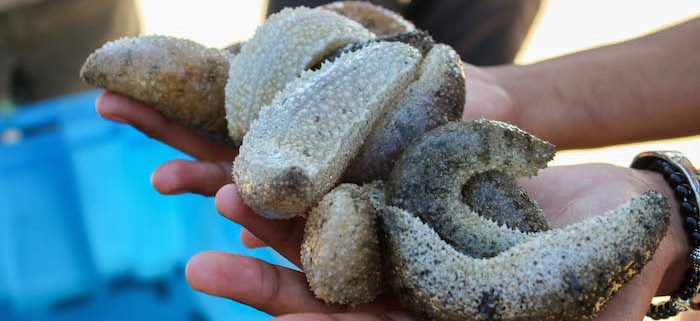A Morning at the Sea Cucumber Hatchery
ReefDoctor has been active in aquaculture activities for quite a while now and we have been updating you on our efforts and progress on providing an alternative livelihood to local communities through this blog. This time we’re going to take you behind the scenes of sea cucumber farming and guide you through the discovery of the whole process taking place before the juveniles are delivered to our farmers.
Most of the volunteers and interns at ReefDoctor get involved in our aquaculture program, whether cleaning our seaweed lines in Ifaty, attending seaweed and sea cucumber sales or helping building new pens. This allows them to go to several villages, but they don’t see the process of juvenile rearing from the nursery until the delivery to the farmers. This was the occasion to show them the cycle of production.
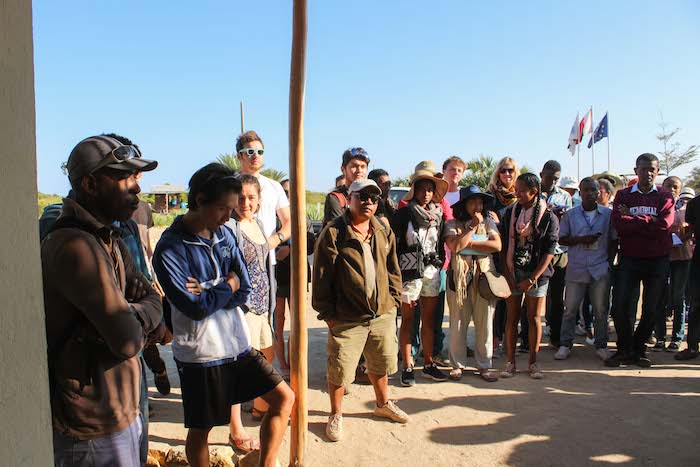
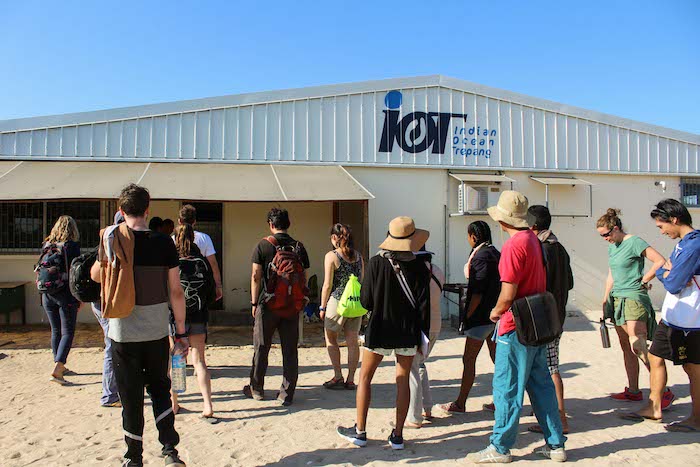
The aquaculture team, a couple of interns and volunteers as well as myself left Ifaty early in the morning in a taxi-brousse to make our way to the Indian Ocean Trepang (IOT) sea cucumber hatchery, located close to Toliara (Ankaloha). Upon arrival, we were greeted by the director of the hatchery and met students from the University of Agronomy of Antananarivo as well as from the Higher Institute of Technology of Fort Dauphin who were doing the visit with us. After a brief introduction and the splitting of the visitors into three groups, we headed to the hatchery house.
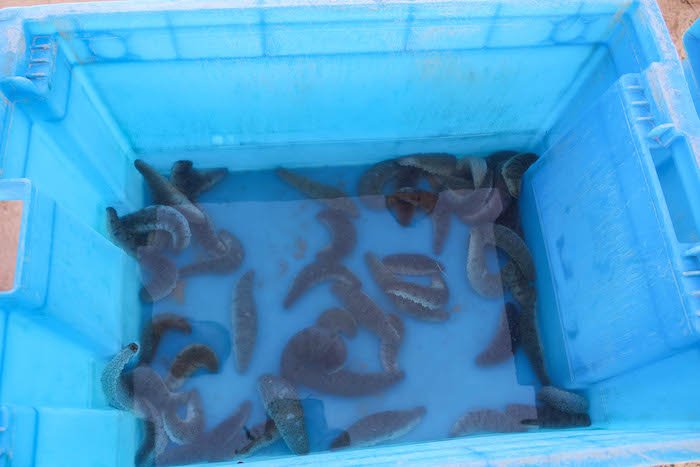
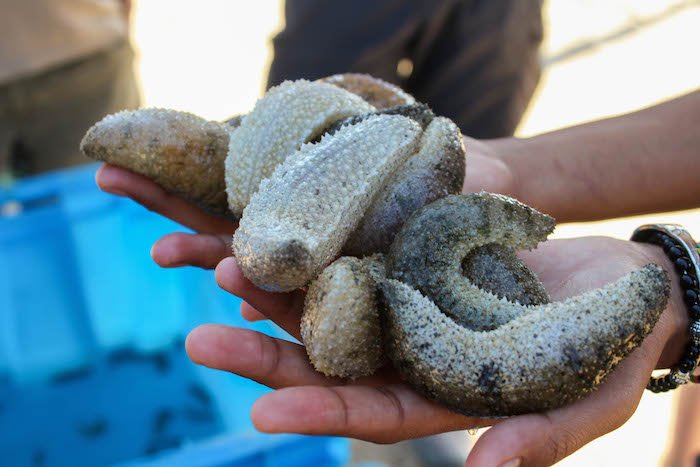
Our visit started with the hatchery, where broodstocks (themselves produced by IOT) are put together to produce larvae naturally or by in-vitro fertilisation. This step is the key of the sea cucumber (Holothuria scabra) production and the infrastructures and equipment needed are very expensive and the operations are delicate.
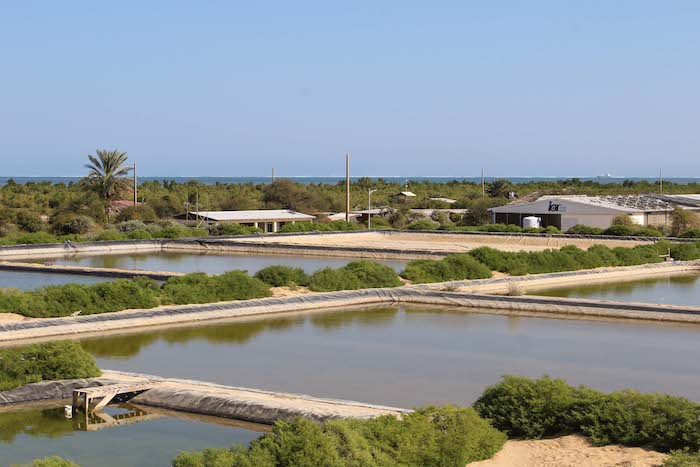
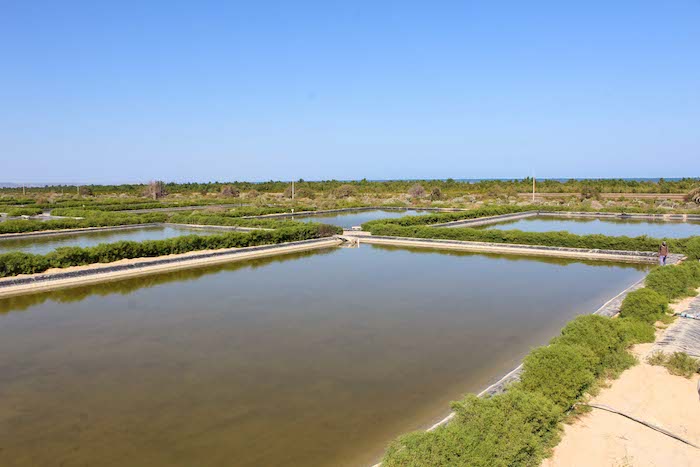
We then continued our tour to the nursery, where juveniles are reared and stocked before they are delivered to the farmers in the villages. The production of transferable juveniles lasts for approximately 3 months. We then headed to the maintenance systems, which are essential for the site, as this department ensures that all the rearing parameters are correct.
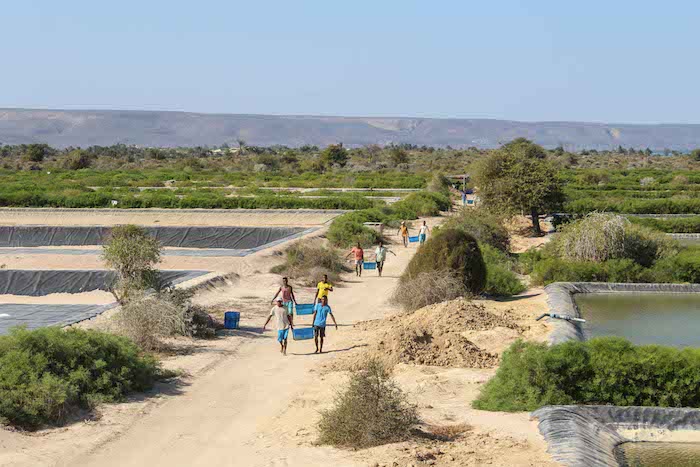
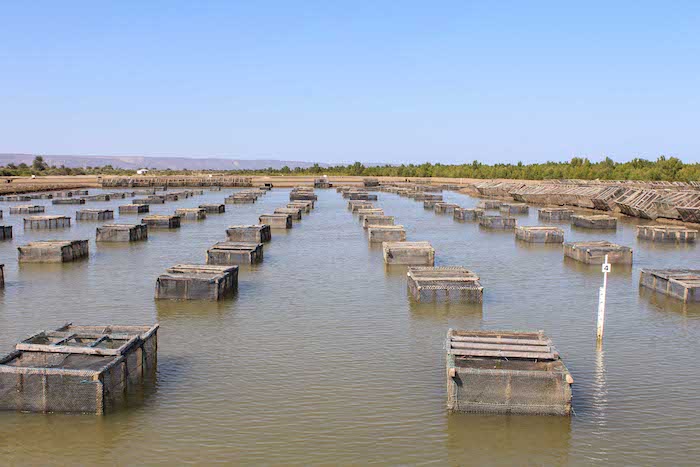
Upon the request of one of our aquaculture interns, we finished the tour by a visit to the crab fattening project site, located right next to the hatchery. This project consists of a commercial revalorisation of crabs physically complete (no wound, no leg or pincer missing) but lacking flesh inside the carapace. The crabs are stabled during a 20-day cycle and fed daily to fill their carapaces with flesh. The most beautiful pieces are dedicated to export and crabs that do not meet the commercial criteria for export are decommissioned and destined for freezing.
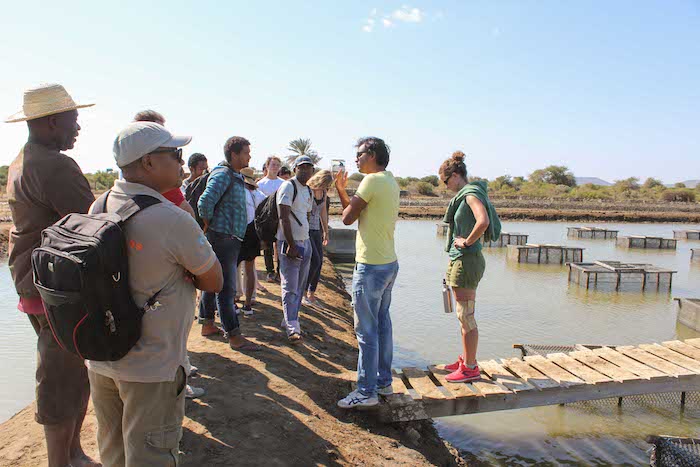
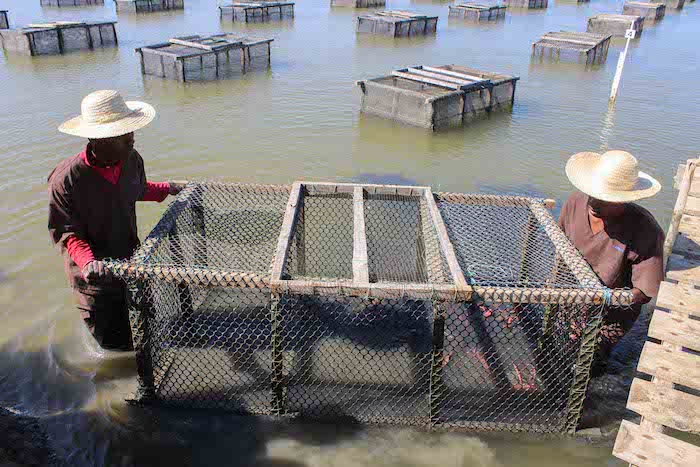
Once the tour finished and all the questions asked, we took a group photo with all the visitors and IOT staff before going back into our taxi-brousse to head back to Ifaty on time for lunch. It was a very interesting morning for everyone and we hope to organize more such visits for future volunteers and interns!
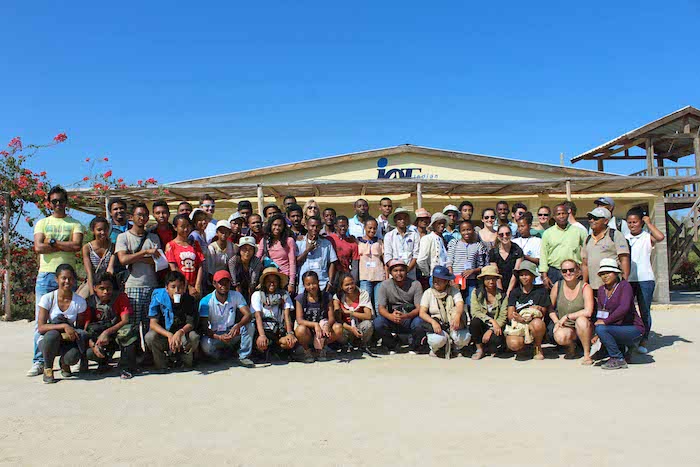
Blog and photos by RD Comms Officer Karin Moehler

